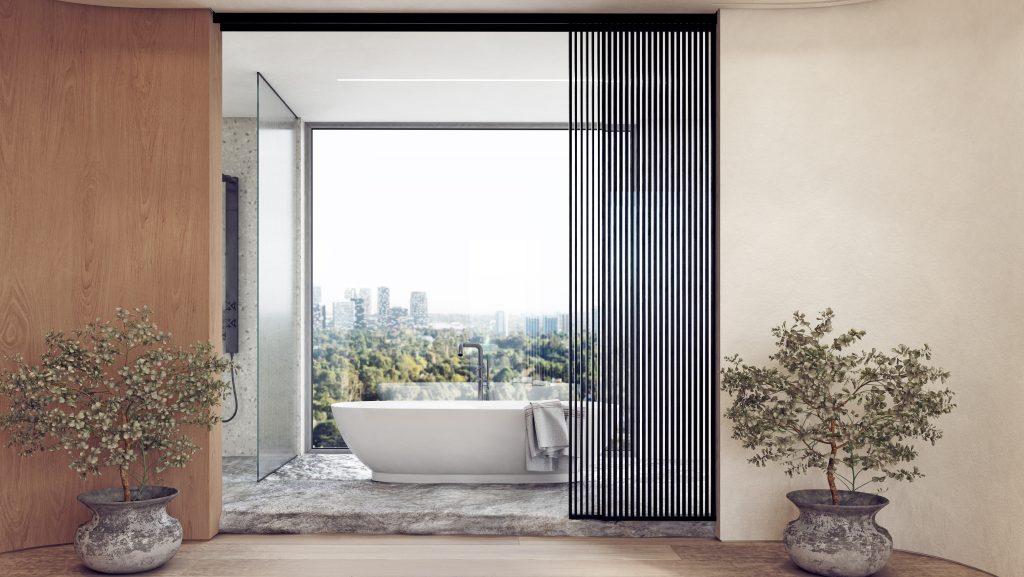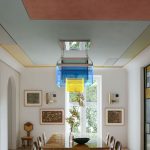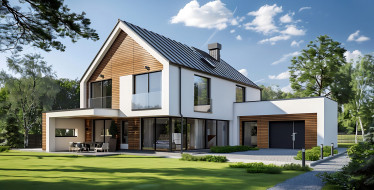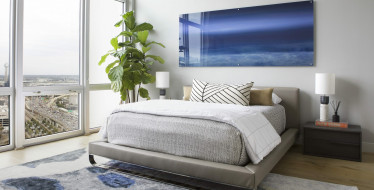In the world of interior design, creating spaces that not only look aesthetically pleasing, but also serve a purpose is an art form. Designing with intention goes beyond mere decoration; it involves thoughtful planning, understanding the needs of the inhabitants of the space, and creating environments that enhance both functionality and beauty. We want to explore the concept of designing with intention from our perspective, delving into the principles, processes, and the transformative impact it can have on the spaces we thoughtfully design for our clients.

Understanding Design With Intention
Designing with intention is centered around the idea that every element in a space, from the paint color on the wall to the side table next to the accent chair, should have a purpose. It’s about weaving a narrative through design choices, ensuring that each component contributes to the overall functionality and ambiance of the space. This approach requires a deep understanding of the clients’ needs, lifestyle, and the intended use of the space.
- Client Collaboration and Needs Assessment:
- Begin by establishing a strong rapport with our clients. Conduct thorough interviews to understand their lifestyle, preferences, and aspirations.
- Perform a needs assessment to identify specific requirements, such as space utilization, storage needs, personal needs and any unique considerations.
- Defining Purposeful Spaces:
- Clearly define the purpose of each space within the project. Whether it’s a living room meant for relaxation or a home office designed for productivity, each area should have a distinct purpose.
- Balancing Form and Function:
- Striking a balance between aesthetics and functionality is key. Design elements should not only be visually appealing but also contribute to the usability of the space.
The Process of Designing with Intention
- Research and Inspiration:
- Conduct extensive research to draw inspiration from various sources, including architecture, art, and cultural influences.
- Develop mood boards to visually communicate the intended atmosphere and design direction to clients.
- Space Planning:
- Utilize space planning techniques to optimize the layout for efficiency and flow. Consider traffic patterns, focal points, and the overall arrangement of furniture and accessories.
- Material Selection:
- Choose materials that align with the intended purpose of the space. For instance, durable and easy-to-clean materials in high-traffic areas, and softer, more luxurious materials in spaces meant for relaxation. Are there kids in the family or pets that we need to consider?
- Color Psychology:
- Incorporate colors strategically, considering the psychological impact of different hues. Warm tones can create a cozy atmosphere, while cool tones may promote a sense of calm. We wrote a more extensive blog post about The Art of Color In Design that you can check out.
- Sustainability and Ethical Design:
- Embrace sustainable and ethical design practices. Consider eco-friendly materials, energy-efficient solutions, and products with a minimal environmental impact.
The Transformative Impact
- Enhanced Well-being:
- Purposeful design contributes to the well-being of inhabitants. Thoughtful choices in lighting, ventilation, and spatial organization can positively affect mood and comfort.
- Increased Productivity:
- In commercial spaces or home offices, intentional design can boost productivity. Ergonomic furniture, effective storage solutions, and a well-organized layout can create an environment conducive to focused work.
- Emotional Connection:
- Designing with intention fosters an emotional connection between the inhabitants and their surroundings. Personalized elements, meaningful artwork, and carefully curated design details contribute to a sense of belonging.
Designing with intention is a holistic approach that transforms spaces into meaningful environments. Our goal is not just to create visually appealing spaces but to curate experiences that resonate with the people that live there. By understanding the clients’ needs, embracing purposeful design principles, and incorporating sustainable practices, designers have the power to shape spaces that inspire, comfort, and enrich the lives of those who inhabit them.









